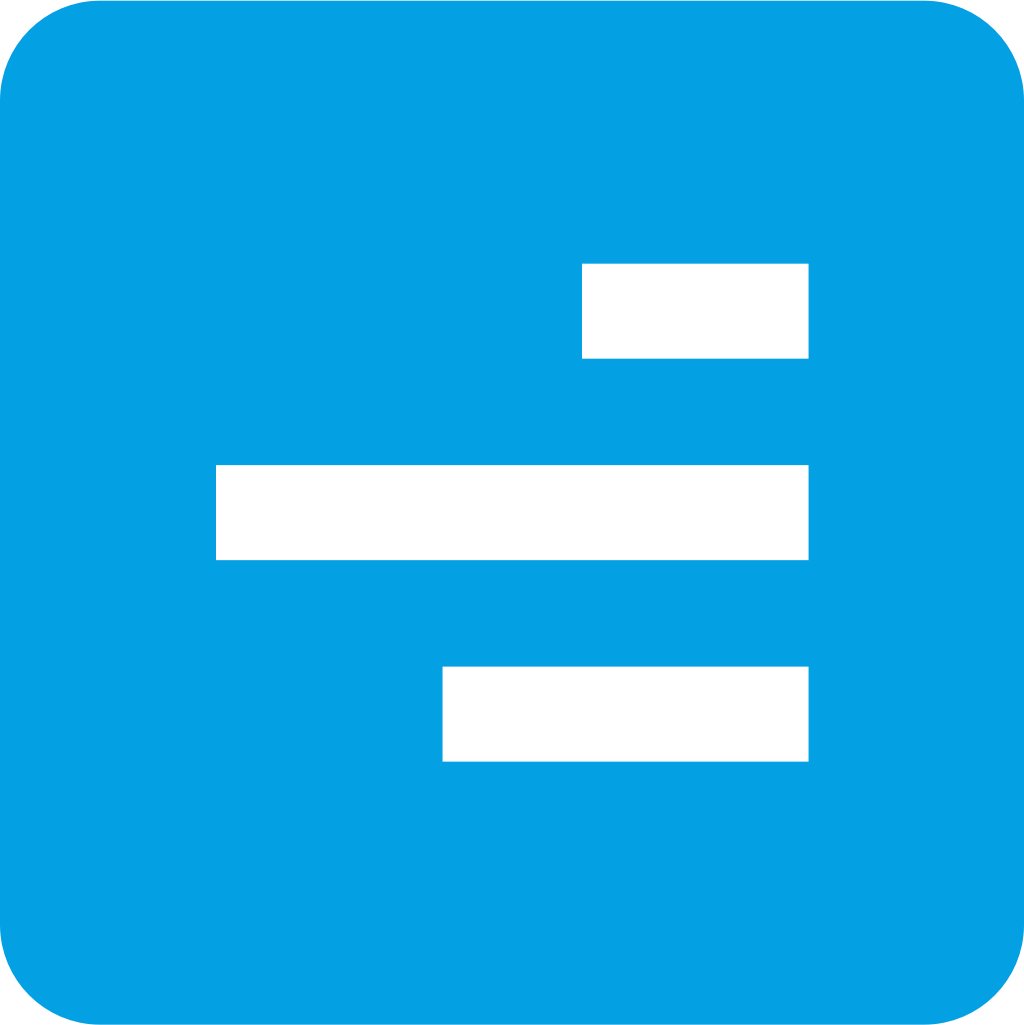Description

Zarafa

Grape
Comprehensive Overview: Zarafa vs Grape
Zarafa
a) Primary Functions and Target Markets:
Zarafa was primarily designed as an open-source groupware application meant to fulfill the messaging needs of organizations. Its core functions included handling email, calendars, contacts, and tasks, much like Microsoft Exchange. Zarafa was often used to integrate with other email clients such as Microsoft Outlook, via the use of plugins, to provide a seamless experience. Its primary target markets were small to medium-sized enterprises (SMEs) and organizations seeking a cost-effective alternative to proprietary solutions like Microsoft Exchange.
b) Market Share and User Base:
Zarafa was relatively popular within the European market and among open-source enthusiasts elsewhere. However, its market share and user base were limited compared to giants like Microsoft Exchange and Google Workspace. The choice of Zarafa often came from a strategic decision to embrace open-source solutions and reduce dependency on commercial licenses. Although it had a loyal user base, it was more niche compared to mainstream products.
c) Key Differentiating Factors:
- Open Source: As an open-source application, Zarafa was attractive to users who preferred or required open-source compliance, transparency, and flexibility.
- Cost-Effectiveness: Being open-source, the cost model was significantly different from commercial products, which appealed to budget-conscious organizations.
- Compatibility: Partial compatibility with Microsoft Outlook appealed to users already embedded in the Microsoft ecosystem but seeking alternative back-end infrastructures.
- Innovation: Zarafa promoted a modular architecture that allowed for plugins and extensions, giving users flexibility and customization capabilities. This was, however, a mixed blessing as the added complexity could be a challenge for less technical users.
Grape
a) Primary Functions and Target Markets:
Grape is a team communication and collaboration platform focused on integrating with existing IT infrastructure to streamline internal communication. Its functionality typically includes instant messaging, file sharing, and integration with other business tools and platforms, similar to products like Slack or Microsoft Teams. Grape targets businesses looking to improve internal communication and streamline workflows, particularly in sectors like technology, media, and other knowledge-intensive industries.
b) Market Share and User Base:
Grape competes in a crowded market segment dominated by major players such as Slack, Microsoft Teams, and Zoom. As a smaller player, its market share is modest, but it has carved out a niche by offering unique integrations and focusing on privacy concerns. Its user base often includes technology-forward companies and businesses that prefer European data protection standards, which can be a differentiator in privacy-focused markets.
c) Key Differentiating Factors:
- Privacy and Data Security: Grape emphasizes data protection and compliance with European data privacy laws, appealing to companies concerned about data sovereignty and privacy.
- Integration Capabilities: It is designed to integrate deeply with existing IT systems, offering custom solutions that can be tailored to specific organizational needs.
- User Interface and Experience: While user experience is subjective, Grape aims to provide a simple, intuitive interface that requires minimal training, similar to but distinct from its major competitors.
- Versatility: Grape offers customization options not only in communications but also in integrating business workflows, which can differentiate it from mainstream products focusing solely on communication.
In summary, both Zarafa and Grape serve distinct purposes in the realm of enterprise solutions, with Zarafa focusing on groupware functions and Grape on enhancing team communication. While they may appear in different segments of enterprise tools, their open-source roots and focus on integration and privacy offer specific advantages to organizations that prioritize these features.
Contact Info

Year founded :
Not Available
Not Available
Not Available
Netherlands
Not Available

Year founded :
2017
Not Available
Not Available
France
http://www.linkedin.com/company/grape24
Feature Similarity Breakdown: Zarafa, Grape
To provide a comparative breakdown between Zarafa (an open-source email and collaboration platform) and Grape (a team communication app), we can look at their feature sets to identify similarities and differences.
a) Core Features in Common
-
Communication Tools:
- Email/Chat Integration: Both platforms support communication through email or chat. Zarafa is primarily focused on email, while Grape offers chat as its central communication mode.
-
Collaboration:
- File Sharing: Users can share files within both platforms, streamlining the process of collaborative work.
- Calendar Integration: Both platforms offer calendar functionalities for scheduling and event management.
-
Search Functionality:
- Both Zarafa and Grape provide search features to find conversations, emails, or shared files quickly.
-
Mobile Access:
- Mobile applications are available for on-the-go access, ensuring users can communicate and collaborate from their smartphones.
b) Comparison of User Interfaces
-
Zarafa:
- Zarafa’s user interface is similar to traditional email clients like Microsoft Outlook. It’s designed to be familiar to users accustomed to email-centric workflows.
- The interface is straightforward, with a focus on email folders, calendars, and task lists. It may not have the sleek or modern design found in more recent apps.
-
Grape:
- Grape boasts a modern and minimalistic user interface, typical of contemporary chat applications.
- It focuses on streamlined communication, with chat rooms, direct messaging, and integration features prominently displayed. The design emphasizes ease of use and quick access to conversations.
c) Unique Features
-
Zarafa:
- Email-Centric Workflow: Zarafa provides a robust set of features for email management, including advanced email rules, delegation, and integration with Microsoft Outlook.
- Self-Hosting/Open Source: As an open-source solution, organizations can self-host Zarafa, offering more control over data and customization possibilities.
-
Grape:
- Integration with Other Apps: Grape offers powerful integrations with a variety of third-party apps and services, including GitHub, Jira, and Trello, enhancing its utility in development and project management environments.
- In-App Filtering: Grape's unique ability to filter messages based on criteria and tags directly within the app helps streamline and organize communication more effectively.
- End-to-End Encryption: Grape provides end-to-end encryption for its communications, focusing on privacy and security.
In summary, while both Zarafa and Grape share some core features centered around communication and collaboration, they serve slightly different primary functions—email management versus chat-based teamwork. Zarafa’s strength lies in its email and self-hosting capabilities, while Grape shines with its integrations and real-time communication features.
Features

Not Available

Not Available
Best Fit Use Cases: Zarafa, Grape
Zarafa (Now Kopano):
Zarafa, which has evolved into Kopano, is an open-source groupware application that provides email, calendaring, and collaboration functionalities. It's primarily known for its compatibility with Microsoft Outlook and its ability to integrate with Linux-based servers.
a) Best Fit Use Cases for Zarafa (Kopano):
-
Medium to Large Enterprises: Companies that need a robust groupware solution but want to avoid the licensing costs associated with Microsoft Exchange might find Zarafa to be a compelling alternative.
-
Linux-Based IT Environments: Organizations that already have a strong Linux infrastructure and prefer open-source solutions for better customization and control.
-
Security-Conscious Firms: Businesses that require full control over their data with the option for on-premises or private cloud deployments, particularly in sectors such as government, finance, and legal.
-
Resource-Conscious Companies: Mid-sized companies seeking a cost-effective, on-premise, or hybrid collaboration tool with comprehensive Outlook integration.
d) Industry Verticals and Company Size:
Zarafa/Kopano is suitable for:
- SMBs to Large Enterprises: Particularly those that require a traditional IT infrastructure and value open-source solutions.
- Industry-specific: IT service companies, educational institutions, and public sector organizations can benefit from its flexibility and security features.
Grape:
Grape is a communication and collaboration tool that offers enhanced search capabilities and integration with existing workflows. It aims to improve team communication with features like smart bots and secure chats.
b) Scenarios Where Grape is Preferred:
-
Teams Needing Strong Search Functionality: Ideal for companies that require deep search capabilities to quickly find historical messages, documents, and other resources.
-
Collaborative Workflows: Suitable for businesses that rely on integrated communication within complex workflows, such as project management or software development teams.
-
Security-Focused Teams: Organizations needing secure, encrypted communication, such as legal teams or healthcare providers, would benefit from Grape's security features.
-
Fast-Growing Startups: Companies experiencing rapid growth and needing scalable solutions for team collaboration and communication.
d) Industry Verticals and Company Size:
Grape caters well to:
- Startups to Medium-sized Enterprises: Especially those that heavily depend on finding and utilizing past communications efficiently.
- Technology and Creative Industries: Software development firms, marketing, and design agencies, where workflow integration is crucial.
- Highly Regulated Industries: Industries requiring stringent data protection, such as healthcare or finance, due to its strong emphasis on security.
In conclusion, the choice between Zarafa/Kopano and Grape will largely depend on a business's operational needs, such as the importance of integration with existing systems, data control, security, and the scale of communication and collaboration required. Zarafa/Kopano shines in scenarios requiring a comprehensive, secure groupware system, while Grape is suited to companies looking for a flexible, integrated communication solution with advanced search and security features.
Pricing

Pricing Not Available

Pricing Not Available
Metrics History
Metrics History
Comparing undefined across companies
Conclusion & Final Verdict: Zarafa vs Grape
To provide a conclusion and final verdict for Zarafa and Grape, it's important to evaluate each product's features, value, and suitability for specific user needs. While the specific context and features of Zarafa and Grape aren't provided, I'll create a general framework based on typical considerations when comparing two software or service products.
Conclusion and Final Verdict
a) Considering all factors, which product offers the best overall value?
The best overall value depends on the specific needs and use cases of the user. Zarafa, traditionally known for its communication and collaboration software, may offer better value to organizations focused on productivity features and integration with existing systems like Microsoft Outlook. On the other hand, Grape, often recognized for its modern and flexible collaboration tools, may provide better value to teams looking for innovative communication features and seamless team collaboration.
b) Pros and Cons
Zarafa:
-
Pros:
- Strong integration with Microsoft Outlook and Exchange.
- Offers robust email, calendar, and task management features.
- Good support for enterprise environments and legacy systems.
- Potential cost savings compared to other enterprise solutions.
-
Cons:
- May have a steeper learning curve for users not familiar with Microsoft-style interfaces.
- Could be less flexible in integrating with modern SaaS tools.
- User interface may seem outdated compared to newer solutions.
Grape:
-
Pros:
- Modern, user-friendly interface with strong focus on team collaboration.
- Efficient for real-time communication with features like chat and video calls.
- Easy integration with various modern platforms and tools.
- Often more agile and adaptable to changing business needs.
-
Cons:
- May lack the depth of email and calendar functionalities compared to more traditional solutions.
- Potentially higher ongoing costs depending on the subscription model and team size.
- Some features might be overkill for small organizations with simpler needs.
c) Specific Recommendations
-
For Teams Integrated with Microsoft Ecosystems:
- Zarafa is likely the better choice due to its seamless integration with Microsoft products and focus on traditional enterprise needs.
-
For Teams Prioritizing Modern Collaboration Tools:
- Grape is more appropriate, offering a modern collaboration environment and compatibility with current tools and platforms.
-
For Budget-Conscious Organizations:
- Zarafa may offer cost advantages, especially for those looking to replace expensive enterprise licenses.
-
For Startups and Agile Teams:
- Grape's flexibility and modern feature set may better support rapidly changing environments.
Ultimately, users should prioritize evaluating the specific features, integrations, support, and long-term goals of their organization when deciding between Zarafa and Grape. Conducting a trial of both products, if possible, may also provide practical insights into which solution aligns best with their workflow and organizational culture.
Add to compare
Add similar companies




